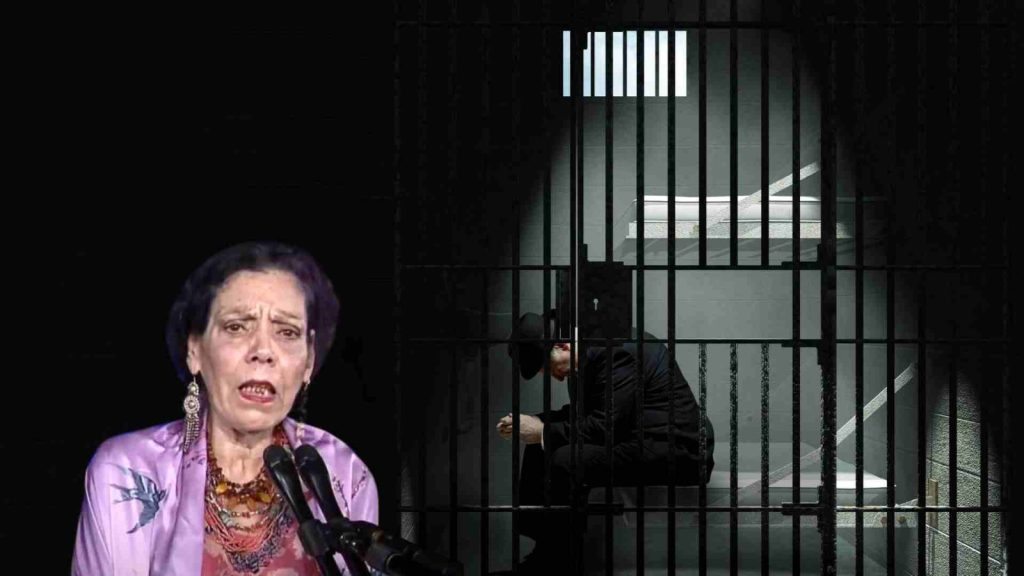“Given the good news on inflation, it’s quite natural that the Federal Reserve is now starting to look at what’s happening in the labor market and want to make sure it doesn’t overdo it” with a restrictive monetary policy, Gourinchas said.
“They are in a position where they can afford to wait a little bit and then see how some of the additional reports come in – data-driven, as central bankers sometimes like to say – and then adjust course based on that.”
Gourinchas spoke to Reuters after Fed Chairman Jerome Powell told an economic group on Monday that three inflation readings during the second quarter “add some confidence” that the pace of price increases is returning to the Fed’s target on a sustainable basis.
These include the first monthly decline in the consumer price index in four years recorded last week.
Gourinchas said he still expects a Federal Reserve rate cut this year, but declined to specify his preferred timing for that first move.
The International Monetary Fund expects inflation to hit its 2% target in the first half of 2025, ahead of the bank’s internal 2026 target, so Gourinchas said there would not be a “prolonged period” before it would be appropriate to cut rates.
Financial markets had anticipated rate cuts in the United States starting in the first half of 2024, but Gourinchas said inflation in the services sector had proven more persistent than expected, creating some “bumps” that slowed the path of disinflation.
He said he remained concerned about wage increases, especially in the labor-intensive service sector, that could stoke inflationary pressures, adding that the Federal Reserve was watching this closely.
“We have to take into account the fact that some of these forces, some of the persistence of inflation could be there,” Gourinchas said. “We had a good number reported for June, but we will see what we will get for July and August.”














